Summary
The lake is known for its clear waters and abundant fish species. The most prevalent fish species found in the lake include rainbow trout, cutthroat trout, and brook trout.
Fishing at Little Lyman Lake is a popular activity, and anglers can use various techniques such as trolling, casting, or fly fishing to catch fish. The best time of year to visit Little Lyman Lake for fishing is during the summer months, from June to September when the water is warmer, and the fish are more active. The average temperature during this time ranges from 70°F to 85°F.
Apart from fishing, there are other nearby activities that visitors can enjoy, such as hiking, camping, boating, and wildlife viewing. The area is surrounded by beautiful scenery, and visitors can take a hike to explore the nearby forests, mountains, and wildlife.
Fishing tips for Little Lyman Lake include using lures that mimic the natural prey found in the lake, such as flies or worms. Anglers should also use light fishing gear and a slow retrieve for best results. The lake's shoreline is rocky, so anglers should be careful when wading in the water.
In summary, Little Lyman Lake is a great fishing destination in Utah, USA, with a variety of fish species, nearby activities, and beautiful scenery. The best time to visit for fishing is during the summer months, and anglers should use appropriate gear and techniques for best results.
Weather Forecast
Nearby Streamflow Levels
Angling Safety Guidelines
Check local fishing rules, seasons, size limits, and license requirements to ensure legal and sustainable angling.
Handle Fish Responsibly
Use wet hands, minimize air exposure, and release fish gently to improve survival rates when practicing catch-and-release.
Choose the Right Gear
Match your rod, line, and tackle to the species and conditions to increase success and reduce unnecessary harm to fish.
Respect the Waterway
Avoid disturbing habitat, prevent bank erosion, and keep a safe distance from spawning areas to protect ecosystems.
Keep It Clean
Pack out all line, hooks, bait containers, and trash—discarded gear can injure wildlife and degrade waterways.
Related Links
Area Campgrounds
| Location | Reservations | Toilets |
|---|---|---|
 Little Lyman Lake
Little Lyman Lake
|
||
 Little Lyman Lake Campground
Little Lyman Lake Campground
|
||
 Meeks Cabin Campground
Meeks Cabin Campground
|
||
 Meeks Cabin
Meeks Cabin
|
||
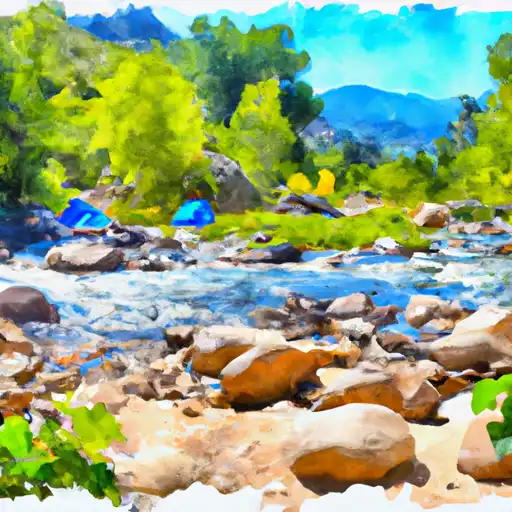 East Fork Bear River
East Fork Bear River
|
||
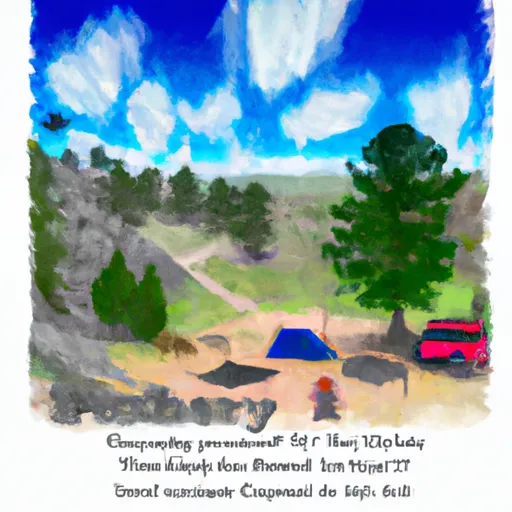 Trail Head Campground
Trail Head Campground
|

 Lym Lake
Lym Lake
 Meeks Cabin
Meeks Cabin
 China Lake
China Lake
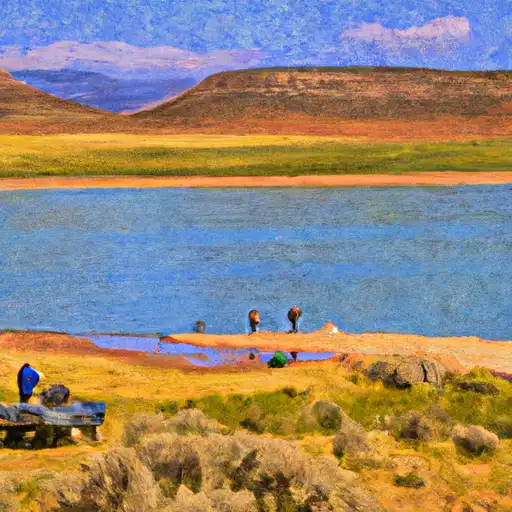 Baker Lake
Baker Lake
 Marsh Lake
Marsh Lake
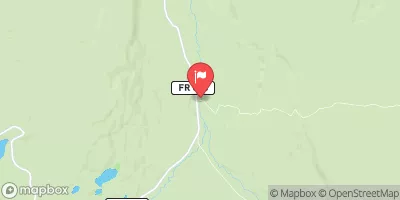

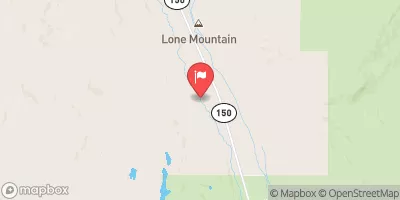

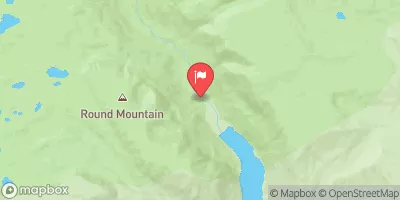
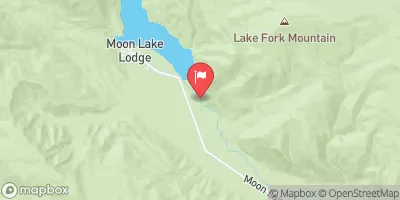
 Fish Lake - Elizabeth Pass
Fish Lake - Elizabeth Pass